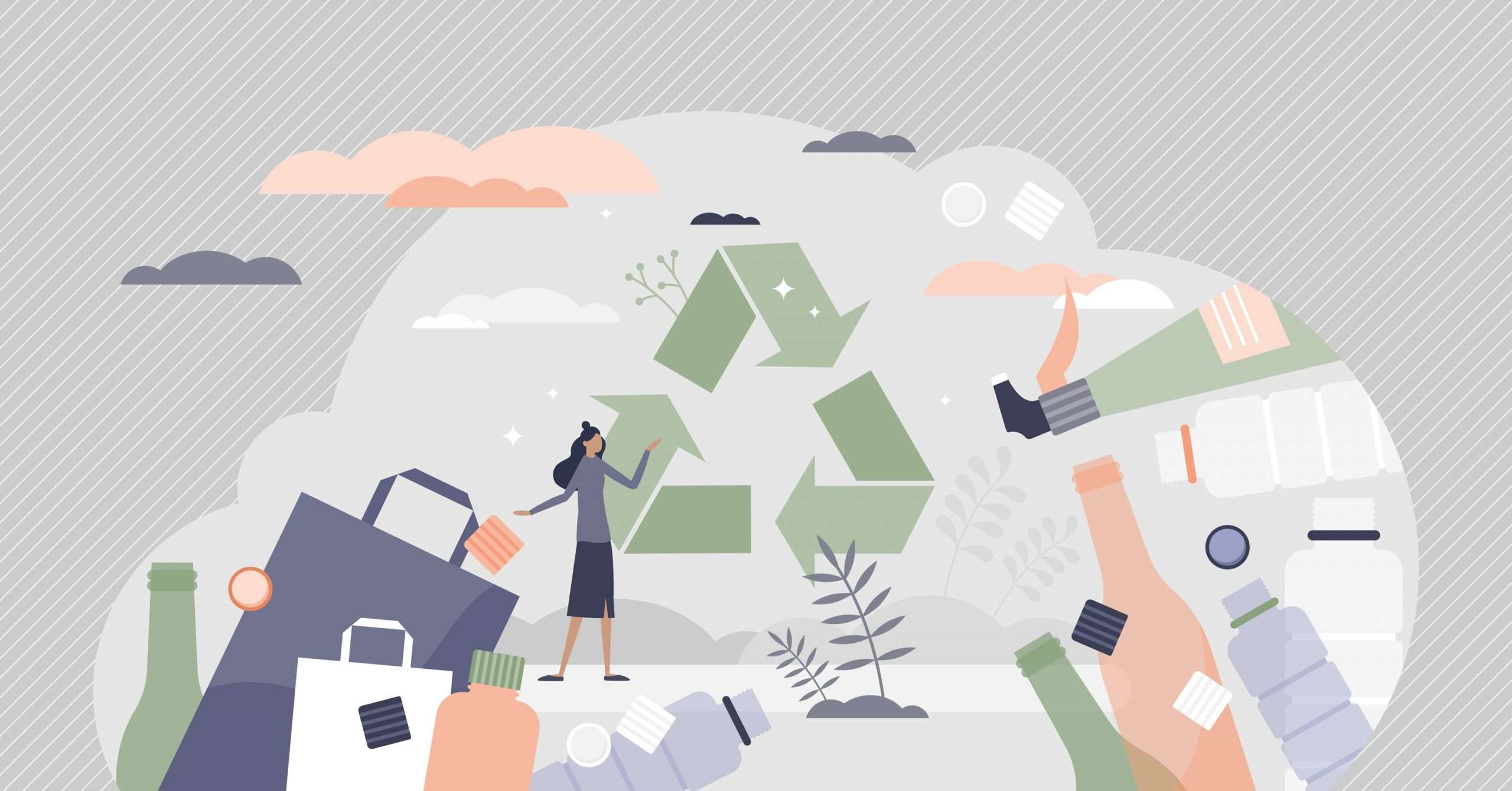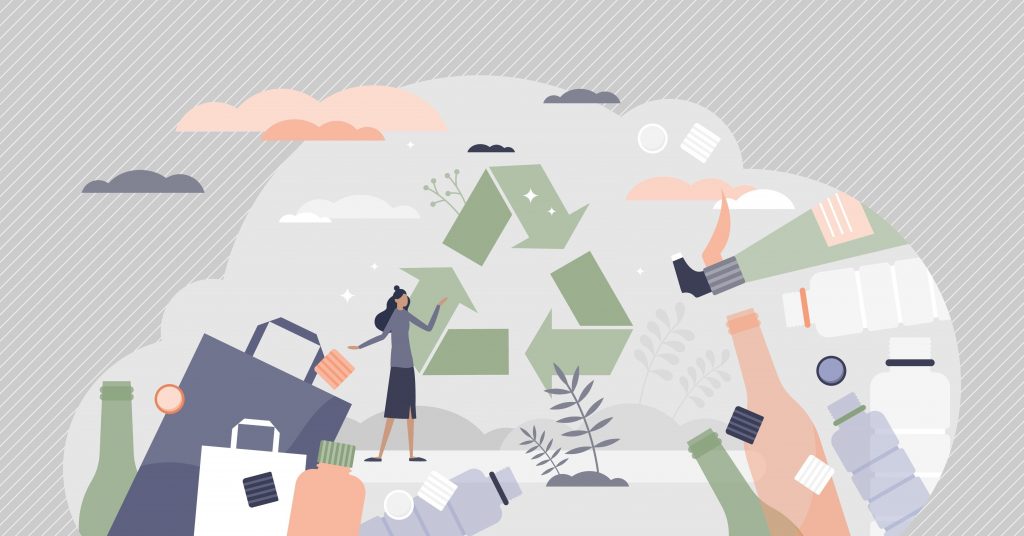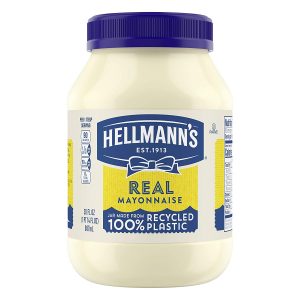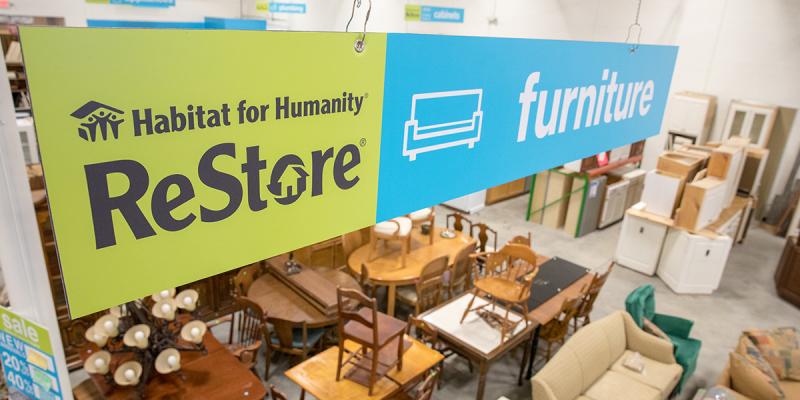Everyone wants to go green, but who wants to lay out a big pile of green in the process? There’s a misconception that buying sustainable products is more expensive than their traditional alternatives. But that’s not always the case.
When you consider the alternatives, often you’ll discover that sustainable products cost more upfront but save money over time. If you’re worried about the health of the planet, you’re definitely a long-term thinker. Even when the initial cost is more, it’s usually worth it.
So, let’s see if sustainable products really are more expensive. Additionally, we’ll consider the causes of the higher price, how you can bring costs down, sustainable products that aren’t more expensive, and when sustainable products aren’t worth the added costs. Grab your pith helmet and let’s brave the sustainable product jungle!
Why Sustainable Products Cost More
Just because eco-friendly products are awesome doesn’t make them impervious to market forces. Like any other product, the price is influenced by:
- Demand
- Labor costs
- Processing and packaging costs
- Certification costs
Demand
Think hard, back to your high school economics class. Remember the relationship between supply and demand? When demand is very low, the price tends to rise. Why? Well, supply and demand are always trying to find equilibrium. When demand is low, the supply gets low as well. Low supplies drive up prices.
The unfortunate truth is that sustainable products are relatively low in demand compared to established alternatives. While these winds are slowly changing, the supply chain will remain stagnant until the demand reaches a high enough level. As more people lean towards conscious consumerism, expect these trends to change.
Labor costs
Oftentimes, eco-friendly products are made with fair labor. Fair labor prohibits child labor, forced labor, and supports collective bargaining rights. Unfortunately, many mass-produced consumer items are still made with forced labor (such as clothing from factories manned by Chinese Uighurs living in detention centers) that is cheap. Cheap labor allows for lower retail prices.
Processing and packaging costs
Sustainable products are processed in an eco-friendly manner, and this can drive up costs. And eco-friendly packaging costs more too. An eco-friendly mattress pad made from sustainable, natural wool and cotton will most likely be packed in a cotton bag. Its synthetic fill counterpart will be packed in a plastic bag that costs mere pennies.
Certification costs
Just because that carrot came out of the ground doesn’t make it organic. Seems strange, right? Organic, Fair Trade, GOTS, and OEKO-TEX certifications don’t come cheap. Initial certifications cost thousands, and yearly licensing fees are often charged per facility. You may think of those certifications as your insurance that the product meets set standards, but you pay the premium in the form of a higher price for the certified product.
When the Extra Cost for Sustainable Products Are Worth It
There are times that it makes sense to spend the extra money on sustainable products. When making the comparison between conventional and sustainable, the added value may be well worth the cost. Sustainable products add value through:
- Longer life
- Reduced impact on landfills
- Higher quality
Longer life
Many sustainable products provide a much longer usable life. Instead of a single-use product, it may be a product you can use multiple times. Or it can be a product made from material that has a longer usable life. If that’s the case, you’ll probably save money with the sustainable product.
For example, whether shopping for clothing or linens for the bathroom or bedroom, bamboo outlasts cotton. So, a cotton sheet or towel may cost less initially, but you’ll need to replace it well before you replace that bamboo sheet or towel. If you are operating an Airbnb, for example, that longer life makes a big difference. Picking sustainable bamboo over even organic cotton may cost more, but in the long run, you’ll save money.

For the kitchen, you can get a package of microfiber cloths for under $5 at one of the big box stores. Or you can spend about $11 and get a Skoy kitchen towel made from 100% recycled polyester. Not only is the Skoy towel going to do a better job cleaning and polishing, but it will also do so for many years to come. You’ll be replacing those cheap microfiber cloths after just a few months. And the Skoy alternative upcycles polyester.
Reduced Impact on Landfills
Mass-produced items may be cheap, but they incur a heavy cost on the planet. Single-use flatware and straws may be hygienic, but they end up at the dump with all the other dirty trash.
A metal straw costs more than a plastic straw. Yes, it takes more energy to produce the metal straw than the plastic straw, but from an environmental point of view, the metal straw is more sustainable. An analysis of drinking straws (yes, real people study this stuff) found that the energy used to produce one stainless steel straw was equal to 90 plastic straws. But the disposal rate in 5 years was only 3%. For plastic straws, the disposal rate is 100%. Make 300,000 straws today and in 5 years, 100% of the plastic ones will be in the dump and 291,000 metal ones will still be in use.
Disposable bamboo fiber plates are compostable. They cost more than a traditional paper plate. But heavy-duty paper plates are coated with plastic. They can’t be composted or recycled.
If you care about keeping your trash out of the dump, then it makes sense to buy the more sustainable product.
Higher quality
Many sustainable products are of higher quality. Because they aren’t mass-produced, they are often artisanal or handcrafted. Even when they are not, the sustainable product may offer more value.
When it comes to flooring, for example, bamboo flooring is made from a renewal and sustainable resource. It is harder than traditional hardwood flooring, so it doesn’t scratch as easily. While it can cost more than traditional wood, it does not require frequent refinishing. In the end, you get a high-quality product that wears better and lasts longer. In this instance, the sustainable option is a no-brainer.
If you love mayonnaise, Hellman’s is the gold standard. At least in the East: in the West, it is sold as Best brand. Hellman’s uses only eggs from cage-free chickens. While animal living conditions aren’t exactly considered a sustainable metric, it is important to those who care about animals.
Right now, at Wal-Mart, Hellman’s mayo is $4.14 for a jar while Duke’s mayo is $3.68 for the same size. This isn’t to diss Duke’s mayo, but Hellman’s is higher quality mayo and made from eggs from cage-free chickens. For the small difference in price, it’s better to pay a bit more and make potato salad that just tastes better.
Bringing Down the Costs for Sustainable Products
If you want the price to go down, you buy more. Say what? Do you mean if I want to pay less I must validate the current market price that currently seems high?
Yes, that’s how markets work. Look back at the opening of this article. Low demand creates higher prices. So, if you want to increase the supply of sustainable products and reduce the price, then you increase the demand.
Put market forces to work for you and not against you. Use your social media to help spread the word about the importance of sustainable products (don’t be obnoxious – that only alienates people). Focus on the virtues of sustainable products – skip the virtue signaling – and people will respond to your message favorably.
If you buy bamboo sheets, you can share more than how amazing they feel on the bed: talk about why they make more sense than conventional cotton. When you write product reviews for sustainable products, be sure to include the benefits to the planet from buying sustainably. You just may influence another shopper’s decision.
Even if you aren’t a social media influencer, you can influence friends, family, and followers to opt for sustainable, eco-friendly, and humane products. Sharing your recipe for deviled eggs? Make sure you mention you only use Hellman’s mayo. Next time they need mayo, maybe they’ll buy Hellman’s. Every time someone purchases a sustainable product, they exert an influence on the market.
The greatest floods start with just a few raindrops.
Sustainable Consumption Doesn’t Have to Be Expensive
The demand for eco-friendly and sustainable products is already driving innovation and reducing prices in some sectors. Here are a few products that save the planet without breaking the bank.
Bee’s Wrap alternative to plastic wrap
Cotton infused with sustainably harvested beeswax creates an inexpensive, sustainable, and eco-friendly alternative to plastic wrap for the kitchen.
Simply use the warmth of your hands to mold the wrap around the food or food container of your choice. Your body heat softens the wax and the cotton conforms to the shape of the food or container.
When done, simply wash in cool water with dish soap and let air dry. Your Bee’s Wrap is good for one year of use before it needs replacing. Each piece of wrap comes out to about $5 on average, and you’ll spend more than that on plastic wrap in a year.
Wool dryer balls
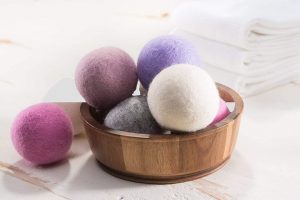
As your clothes tumble, these wool balls agitate the material and keep the wet fabric from clumping and clinging. Not only does laundry come out less wrinkled, but it may dry faster too.
Wool dryer balls make less noise than plastic dryer balls and they are more sustainable too. These balls are made from pure, organic wool from New Zealand. One set will last for many years – unless the dog mistakes one for a toy and runs off with it. Maybe I’m speaking too much to personal experience here…
Bamboo kitchen towels
Say goodbye to paper towels and hello to bamboo reusable kitchen towels. There are many brands on the market. Kitchen + Home sells a roll of 20 sheets they say will replace 60 conventional rolls of paper towels. A single roll is less than 10 bucks. That’s an amazing savings of paper and money. The local grocery store offers a double roll of Brawny paper towels for $6.99, that’s $3.49 a roll. So, 60 rolls of Brawny costs $209.40 while the bamboo rolls are just under $10.
Use your bamboo towel and then toss it in the laundry to wash, air dry, and then use again. This keeps used paper towels out of the landfill. Bamboo is a much more sustainable material than wood pulp from conifer trees, which is the main ingredient in paper towels.
Reusable scrub sponges
The kitchen is home to so many disposable items, it’s no surprise that it’s also the place you can use the most sustainable products.
Along with your bamboo-based towels and soy-based kitchen cloth, add reusable scrubbing/scouring sponges. Casabella Cellulose Sponges are plant-based alternatives to plastic-based sponges. Wood pulp goes into making cellulose sponges and it won’t scratch your delicate kitchen surfaces like the non-stick coating on your cookware. They are a long-lasting alternative to plastic scrubbing sponges and won’t scratch the way steel wool can.
When Conscious Consumerism Just Doesn’t Make Sense
Even the most committed eco-friendly consumer should pass on buying a sustainable product from time to time. When the situation, the product, and the time just aren’t right, don’t feel that you must buy sustainable at all costs. As yourself these 3 questions:
Is a recycle or upcycle product available?
If you are shopping for a rocking chair for the nursery, it’s easy to spend thousands. Or you can go to the local consignment or used goods store and recycle an existing chair. Most Habitat for Humanity ReStores carry gently used furniture.
Don’t buy a new product when you can recycle or upcycle another product. The most eco-friendly option you can take is to extend the life of an existing product.
Do I really need to buy this?
This is a really tough question to answer sometimes. Examine your motives for the purchase. Are you engaging in retail therapy? Then even if the product is sustainable, you might not need it. Ask yourself if the item is necessary, or if there is another alternative. Do you really need to buy a suitcase for that extended vacation, or does a friend or family member have luggage they would be happy to loan out?
If you already have a product that’s doing a great job and doesn’t need replacing, don’t replace it just because you found a sustainable alternative. In other words, go through that roll of paper towels before you buy the bamboo reusable towel roll.
Can I afford it?
What good does it do to save the planet if you can’t enjoy it? Living a sustainable lifestyle applies to your personal finances as well. Don’t spend money you don’t have. If a sustainable alternative is truly out of your budget, then move along. Just skip the purchase and save the money.
We aren’t here to shame those who can’t afford to fit sustainability in their lifestyle. These guidelines are formulated with the awareness of the pricey perceptions of green products. As we’ve come to understand, the conversation around affordability is deeper than it may appear on the surface.
Don’t Forget Business Practices
Don’t forget to look beyond the product when making a purchase. Check out the company’s eco-friendly business practices making sure they are sustainable as well. For example, did you know that all Ambient bamboo and eucalyptus flooring products are Lacey Act compliant so you can be assured that they were legally sourced?
What about packaging and shipping practices? Are they sustainable too? Don’t buy sustainable products packaged in layers and layers of toxic, single-use materials. Ambient products are packed with peanuts made of cornstarch, so they are totally compostable. Our corrugated material is made from 100% recycled material and can be recycled or composted. Shipping boxes are made from 35% recycled material and can be used again or composted.
Buying sustainable products doesn’t always cost more money and supporting companies that produce sustainable products using sustainable practices is one way you can drive prices down. This makes sustainable products and practices more accessible for all.

About the Author
Cheryl is our go-to guru for all things sustainable living. She’s on a mission to make your family and our planet thrive! With a heart as big as her passion for sustainability, Cheryl brings you the freshest insights on eco-friendly building products and energy efficiency. 🌱💡
And hey, did you hear about the eco-friendly lightbulb that went to therapy? It finally found its inner “enlightenment”! 😄 Join Cheryl on this green journey, where she’ll tackle your concerns with a smile and a sprinkle of eco-humor!

